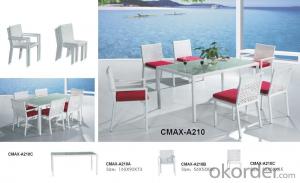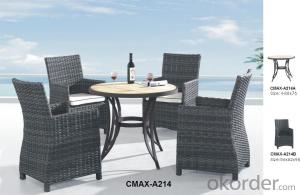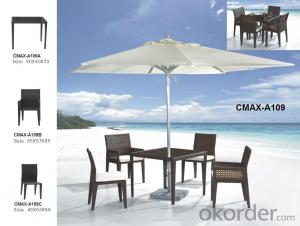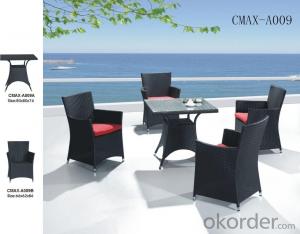Second Hand Solar Inverter
Second Hand Solar Inverter Related Searches
Grinding Tools For Metal Plastic Tube With Cap Small Plastic Tubes With Lids Flexible Steel Pipe Stainless Steel Pipe Cutter Galvanized Steel Garden Bed 16 Gauge Sheet Steel 3/16 Stainless Steel Brake Line Oven Cleaner On Stainless Steel White Stainless Steel Trash CanHot Searches
Second Hand Scaffolding Poles For Sale Pedestal Fan With Water Spray Price High Mast Light Price List Philips High Mast Lighting Price List Bajaj High Mast Lighting Price List Bike Gps System Price In India Outdoor Led Screen Price Coronation Hot Water Bottle Price Price Of Water Cooler Solar Module Wholesale Price Evacuated Tube Solar Collectors Price Abb 50 Kw Solar Inverter Price Wholesale UPVC Pipe Price Philippines Mtn Lumos Solar Inverter Price Lorentz Solar Pumps Price Alcoa Aluminum Stock Price Today Aluminum Skirting Price Price Of Century Plywood 19Mm pvc resin price index Lasani Wood Sheet PriceSecond Hand Solar Inverter Supplier & Manufacturer from China
Okorder.com is a professional Second Hand Solar Inverter supplier & manufacturer, offers integrated one-stop services including real-time quoting and online cargo tracking. We are funded by CNBM Group, a Fortune 500 enterprise and the largest Second Hand Solar Inverter firm in China.Hot Products
FAQ
- The maximum AC output power of a solar inverter is determined by its capacity and specifications, but it typically ranges from a few hundred watts to several kilowatts.
- The potential risks of overloading a solar inverter include overheating, reduced lifespan of the inverter, and even permanent damage to the equipment. Overloading can also result in power fluctuations and instability in the electrical system, leading to potential safety hazards. It is crucial to ensure that the solar inverter is appropriately sized and capable of handling the electrical load to avoid these risks.
- Yes, a solar inverter can be used in remote areas. Solar inverters are designed to convert the direct current (DC) generated by solar panels into alternating current (AC) that can be used to power electrical devices. As long as there is access to sunlight, solar panels can be installed in remote areas to generate electricity, and the solar inverter can then be used to convert and distribute that power for various applications. This makes solar inverters a useful and sustainable solution for remote areas that may not have access to grid electricity.
- Yes, solar inverters are generally compatible with different solar panel technologies. Most modern solar inverters are designed to work with a wide range of solar panel technologies, including monocrystalline, polycrystalline, and thin-film panels. However, it is always recommended to check the specifications and compatibility of the specific inverter with the desired solar panel technology before making a purchase.
- Yes, there are some fire safety concerns associated with solar inverters. While solar inverters themselves are not typically a fire hazard, there are a few potential risks to consider. Firstly, improper installation of the solar inverter can lead to electrical issues that may cause a fire. It is important to hire a qualified and certified professional to install the inverter, ensuring that all electrical connections are secure and up to code. Secondly, if the solar inverter is located in an area that is prone to high temperatures or excessive heat, there is a risk of overheating. Inverters generate heat as they convert the direct current (DC) from solar panels into alternating current (AC) for use in homes or businesses. If the inverter is not properly ventilated or if it is exposed to extreme heat, it can overheat and potentially start a fire. Additionally, if there is a fault in the inverter or if it is damaged, it can increase the risk of fire. Regular maintenance and inspection of the solar inverter can help identify any potential issues and ensure its safe operation. To mitigate these fire safety concerns, it is crucial to follow proper installation guidelines, regularly inspect and maintain the inverter, and ensure it is located in a well-ventilated area away from excessive heat sources. It is also advisable to have a fire extinguisher nearby and to have a fire safety plan in place in case of emergencies.
- A solar inverter handles shade on solar panels by employing a technology called Maximum Power Point Tracking (MPPT). MPPT allows the inverter to constantly monitor the output of each individual solar panel and adjust the voltage and current to maximize the power output. When shade is present on one or more panels, the inverter can dynamically optimize the power generation by bypassing the shaded panels or reducing their impact on the overall system performance.
- Yes, a solar inverter can be used with different types of grounding configurations. Solar inverters are typically designed to be compatible with various grounding systems, including grounded, ungrounded, or floating configurations. However, it is important to consult the manufacturer's specifications and guidelines to ensure proper installation and operation in accordance with the specific grounding requirements.
- Yes, a solar inverter can be used with a solar-powered outdoor lighting system. A solar inverter is responsible for converting the direct current (DC) generated by solar panels into alternating current (AC) that can be used to power various devices, including outdoor lighting systems. By connecting the solar panels to a solar inverter, the generated energy can be efficiently transformed and utilized for powering the lighting system, ensuring sustainable and renewable lighting solutions.














































